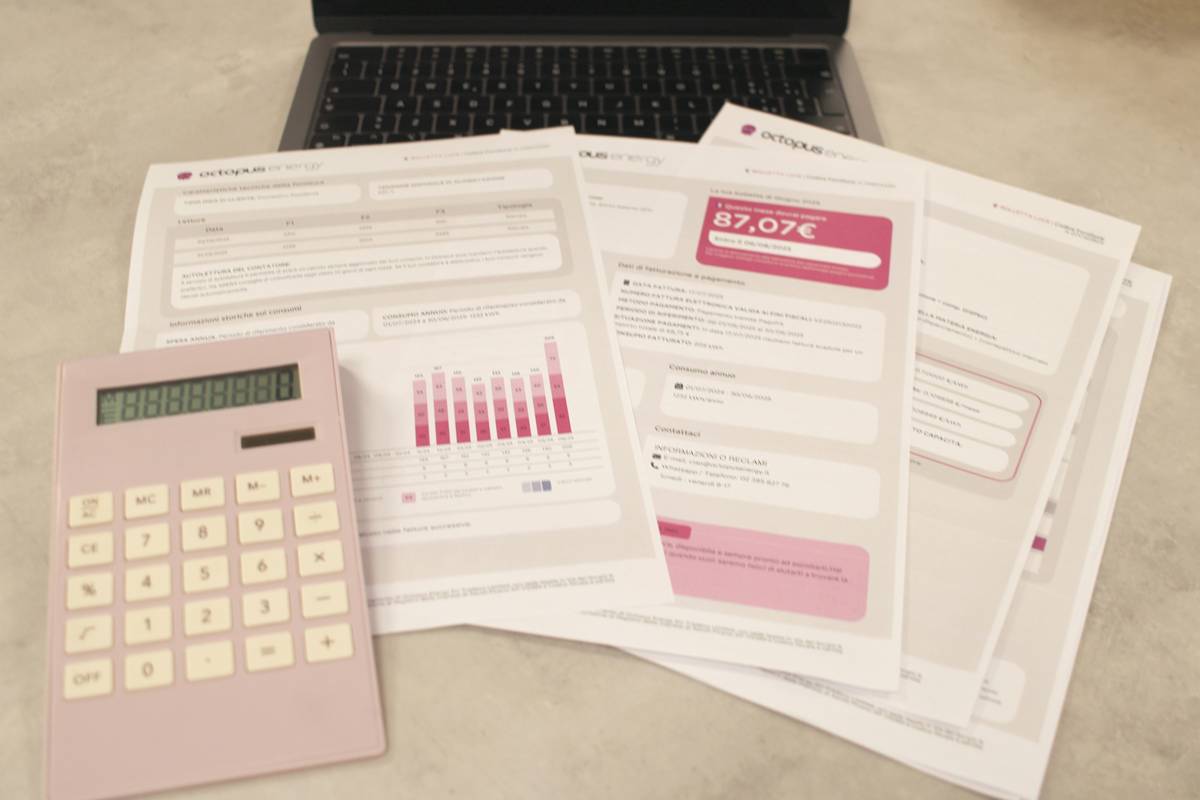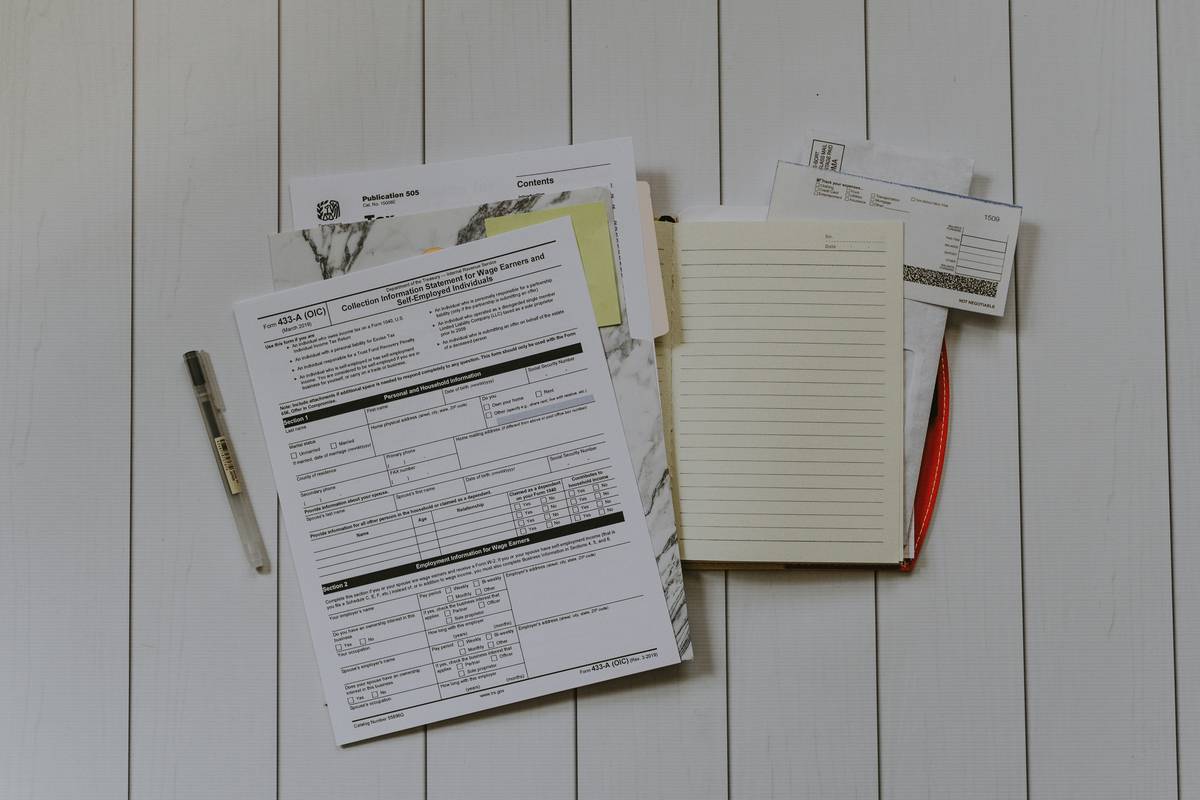“Ever stared at a loan deferment form wondering if filling it out is worth the headache?” You’re not alone. Thousands of people navigate this paperwork maze every year, often confused and overwhelmed. But mastering your deferment form doesn’t have to feel like solving a math problem from your nightmares. In this guide, we’ll break down everything you need to know about understanding, completing, and submitting your deferment form effectively. By the end, you’ll learn how to save time, reduce stress, and protect your financial future.
Table of Contents:
- What’s a Deferment Form (and Why You Need One)?
- Step-by-Step Guide to Completing Your Deferment Form
- Tips & Best Practices for Filling Out the Deferment Form
- Real-Life Success Stories with Loan Deferment Forms
- FAQs About Deferment Forms
Key Takeaways:
- A deferment form temporarily pauses loan payments without penalty, helping you manage short-term financial challenges.
- Mistakes on your deferment form can delay approval or result in missed benefits—pay close attention!
- Timing matters: submit your deferment request before payment deadlines to avoid late fees.
- Examples show even small errors cost big bucks; double-check every section of your form.
What’s a Deferment Form (and Why You Need One)?
You’ve probably heard whispers about “loan deferment” in finance circles, but what exactly is it? Simply put, a deferment allows borrowers to hit pause on their loan repayments due to extenuating circumstances—like job loss, medical emergencies, or unexpected expenses. The deferment form is the official document that makes this magic happen.

Alternative text: Diagram illustrating the process flow of submitting and approving a loan deferment form.
But here’s where things get tricky… I once made the rookie mistake of leaving half my deferment form blank because I thought the lender would “just figure it out.” Spoiler alert: they didn’t. My deferment was denied, and I racked up unnecessary late fees. So let’s make sure *you* don’t repeat my blunders.
Step-by-Step Guide to Completing Your Deferment Form
Step 1: Gather All Necessary Documentation
No one likes surprises when handing over personal info. Before starting your deferment form, gather documents like recent pay stubs, unemployment notices, or medical bills. Trust me—it’ll save hours later.
Step 2: Fill Out Each Section Carefully
This isn’t just scribbling random numbers onto paper. Here’s a quick checklist:
- Double-check dates (e.g., start/end periods).
- Be truthful about your hardship situation.
- Include accurate contact details so lenders can reach you.
Step 3: Review, Revise, Then Submit
Optimist You: “I’m done! Time to hit send.”
Grumpy Me: “Not so fast. Read it again!” Errors happen more than you think. Once verified, email/mail the completed deferment form per instructions provided by your lender.
Tips & Best Practices for Filling Out the Deferment Form
- DON’T Skip Boxes: Blank fields scream “REJECTED.”
- Call Customer Support: If unsure, ask. It’s better than guessing wrong.
- Submit Early: Aim to send your deferment form weeks ahead of deadlines.
- Keep Copies: Save originals digitally and print copies for peace of mind.
- Terrible Tip Disclamer: Don’t try ignoring late fees while waiting for approval. Lenders won’t care that much.
RANT ALERT:
I seriously hate when lenders use jargon instead of plain English. Who needs phrases like “temporality mitigatory cessation”? Just say “pause payments,” okay?! Financial terms shouldn’t rival War & Peace in complexity.
Real-Life Success Stories with Loan Deferment Forms
Case Study #1: Sarah, a freelance graphic designer, lost her primary client during the pandemic. She filed her deferment form promptly, attaching proof of reduced income. Within two weeks, her application was approved, giving her breathing room until work picked back up.
Case Study #2: John faced severe health issues requiring surgery. Using his medical bills as evidence, he submitted his deferment form online via his student loan servicer platform. His deferment saved him over $300/month in payments.

Alternative text: Bar chart displaying the reduction in monthly payments post-debt deferment activation.
FAQs About Deferment Forms
Q: How long does it take to process a deferment form?
A: Typically 2-4 weeks, depending on the lender and completeness of your submission.
Q: Can interest accrue during deferment?
A: Yes, sometimes—especially for unsubsidized loans. Always review the fine print.
Q: Is there an easier way to apply?
A: Many lenders now offer digital portals to streamline applications. Check yours before printing anything.
In Summary…
Navigating the world of deferment forms doesn’t have to be intimidating. Remember these key takeaways:
- Understand its purpose and eligibility.
- Complete each section thoroughly.
- Use our pro tips to avoid common pitfalls.
And hey, maybe grab some coffee first 😉
Pssst… Want life advice wrapped in haiku form?
Loan troubles abound, Deferment brings sweet relief, Plan wisely. Repeat.


